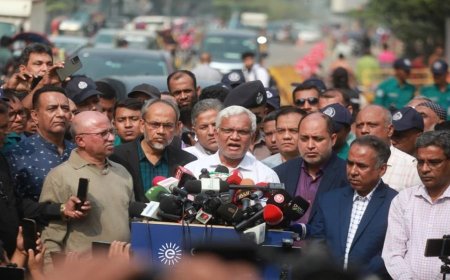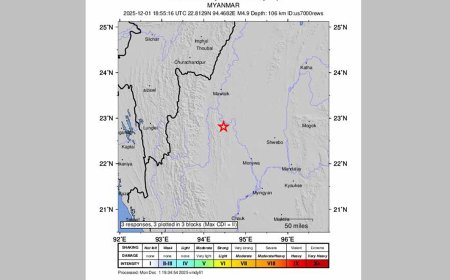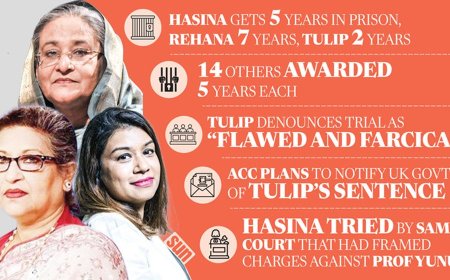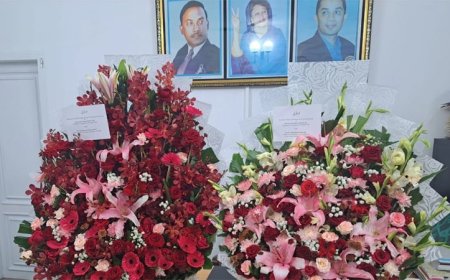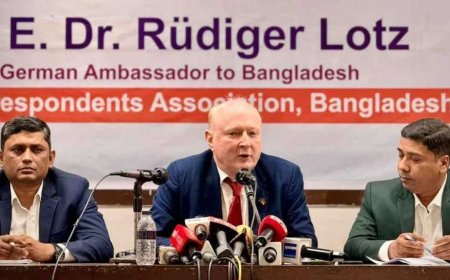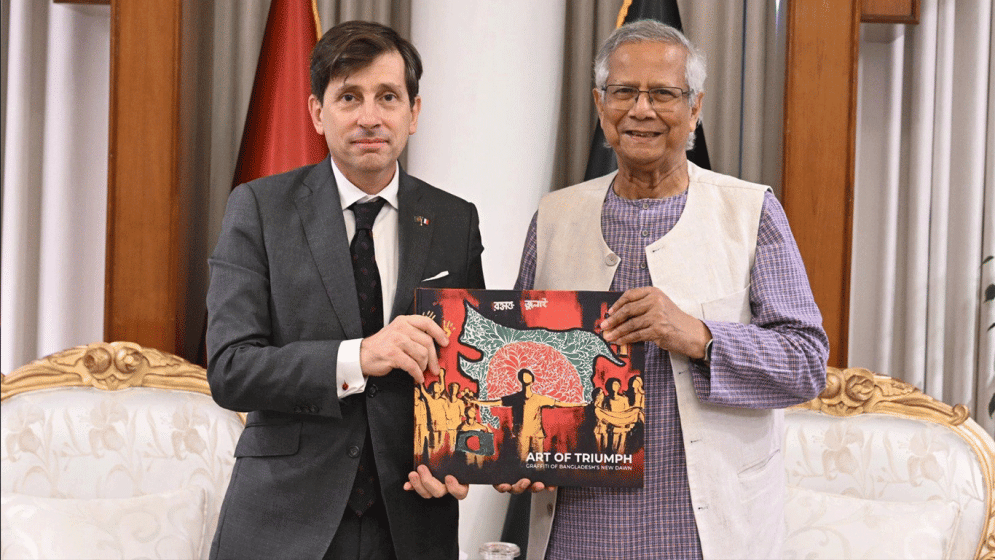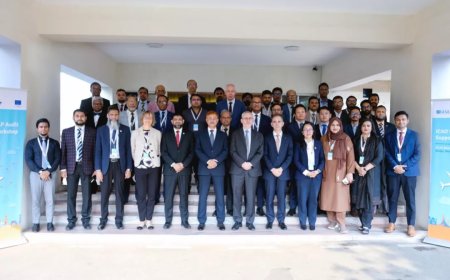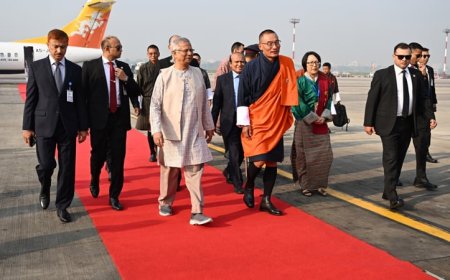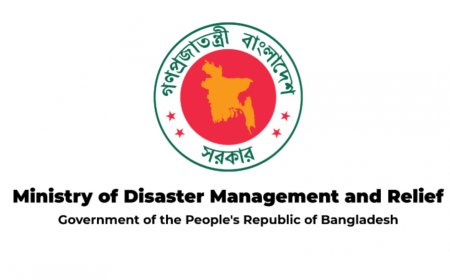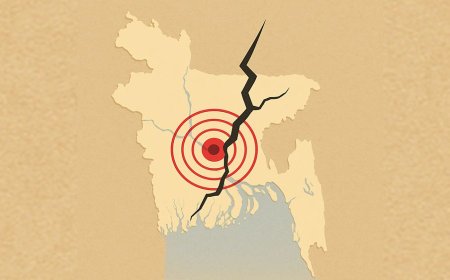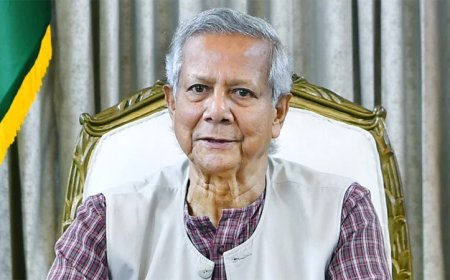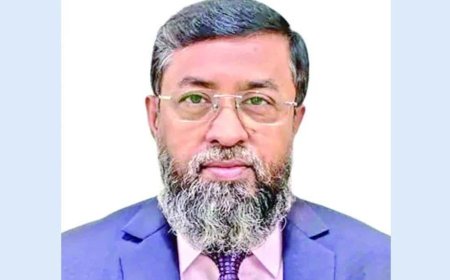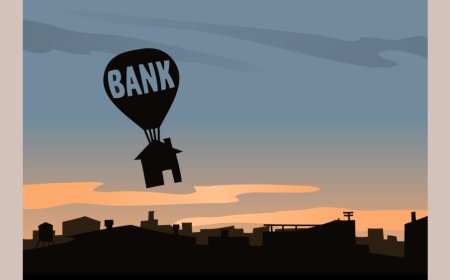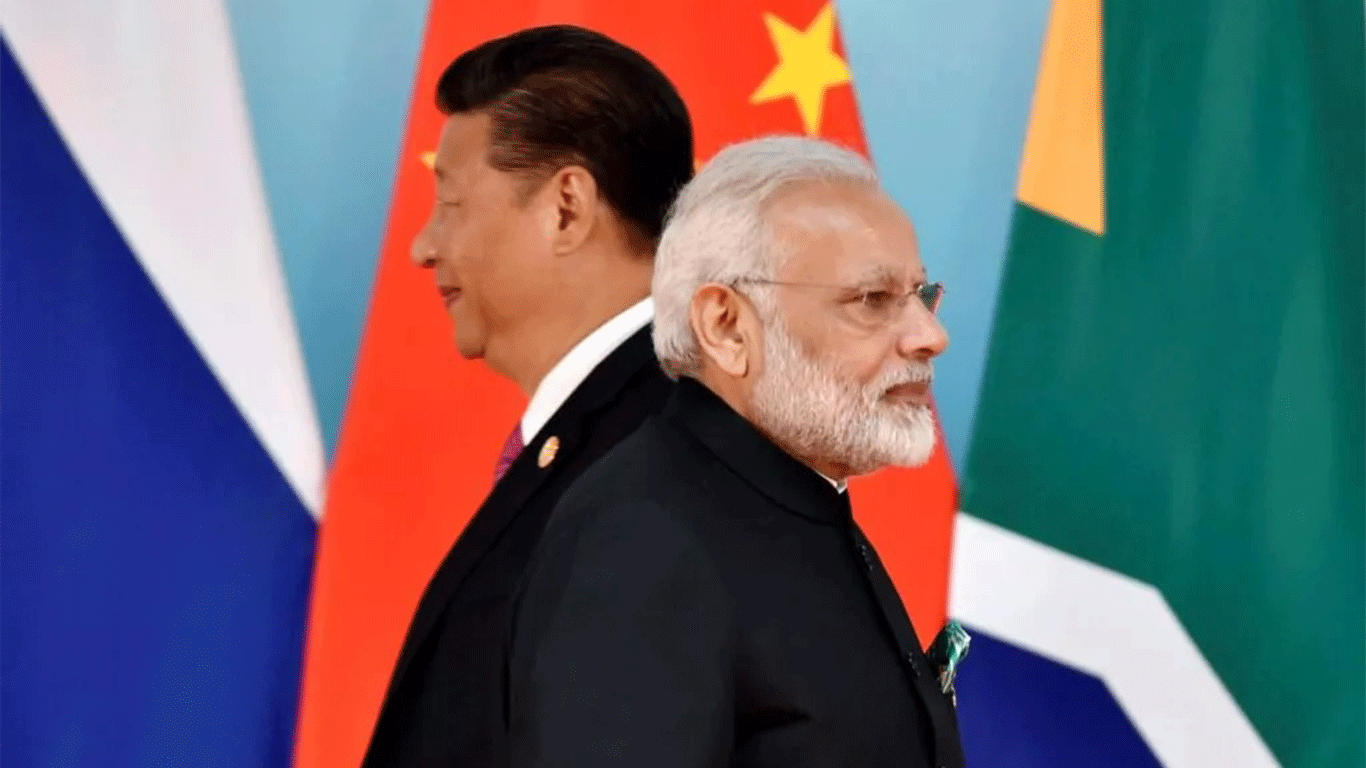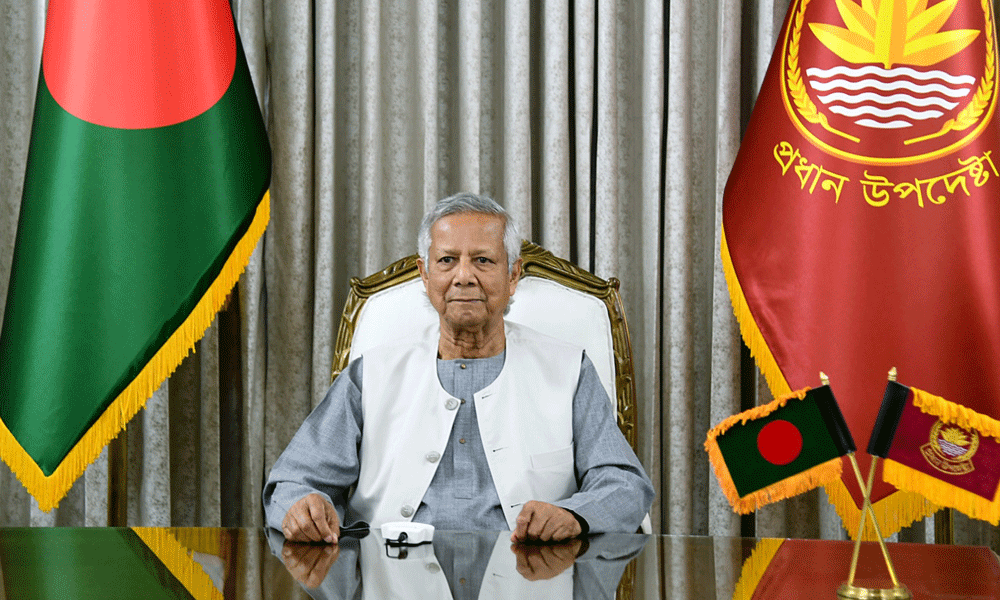"Returning to the Constitution"
"Returning to the Constitution"
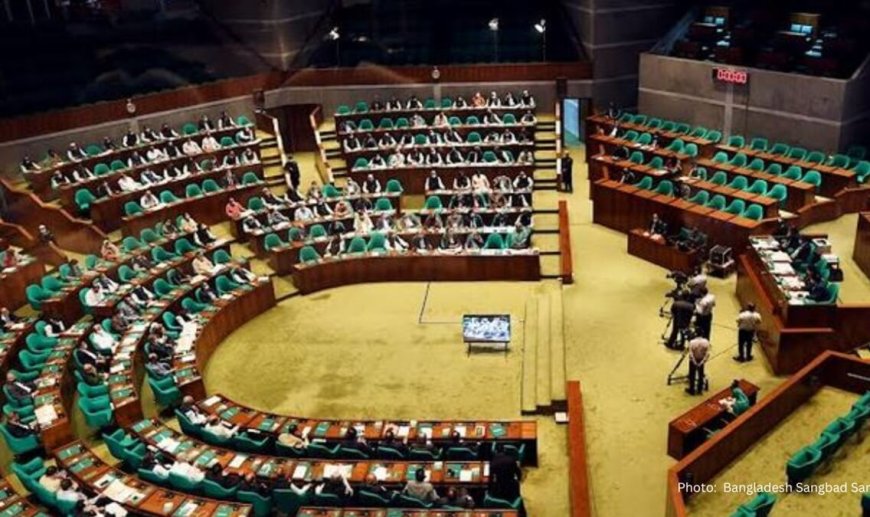
After the July Revolution and the end of the Awami League's 15-year dominance in Bangladesh, questions have been raised about the effectiveness of the country’s current constitutional framework. Some voices have even suggested scrapping the existing Constitution entirely and drafting a new one.
As I mentioned in part one, creating a new constitution is far easier said than done. The Canadian Supreme Court, in the "Reference re Secession of Quebec" case, highlighted that every citizen has the right to participate in democratic governance, which includes involvement in constitution-making. This is a lengthy and complex process that requires ongoing discussion and the responsibility to listen to dissenting voices and address them. Given the current situation with the interim government and the urgent need for institutional reforms, drafting a new constitution may not be feasible at this time. Nonetheless, while a new constitution might be debated, the political issues and growing authoritarianism in Bangladesh are largely attributed to the current constitutional structure. Therefore, some change is necessary to prevent events like the July Revolution from recurring.
Part II explores the powers of the prime minister under the Constitution, arguing that these powers have been “presidentialized,” effectively transforming Bangladesh's democracy into a more authoritarian regime. This section also proposes adjustments to the Constitution to limit the prime minister’s excessive powers.
The Concept of Presidentialization
"Presidentialization" refers to a shift from collective to personalized governance, where political power is concentrated in the hands of the leader rather than the political party. As Anthony Mughan noted in *Media and the Presidentialization of Parliamentary Elections* (2000), the leader becomes a dominant force, shaping the political landscape according to personal beliefs. Similarly, Sturzu (2011) described it as the leader assuming a quasi-monarchical status, steering politics based on personal perspectives.
Presidentialization in Bangladesh
During Sheikh Hasina’s rule, adulation became common, with her being described as holding “supreme command” over Bangladesh’s political stage and her party being beholden to her leadership. Outside the country, she was often referred to as the "Iron Lady of Bangladesh."
Causes of Presidentialization in Bangladesh
The root of this presidentialization lies in the constitutional framework that centralizes power in the hands of the prime minister. Key constitutional articles grant the prime minister authority to appoint and dismiss ministers, control over presidential decisions, and influence judicial appointments. As a result, the president’s role has become largely ceremonial, with real power concentrated in the hands of the prime minister.
Historical Context
During the 1972 Constituent Assembly Debates, the intention was to prevent the concentration of presidential power, drawing on Pakistan's pre-1971 experiences of autocracy. Muhammad Zahirul Islam noted that the draft 1972 Constitution intentionally limited the president's powers, but this effort led to the concentration of power in the office of the prime minister. Suranjit Sengupta, an opposition member, rightly predicted that the 1972 Constitution was structured around the prime minister, much like Pakistan’s 1962 Constitution was framed around Ayub Khan.
This prediction came true, as Awami League’s governance under Sheikh Hasina evolved into what can be described as “autocratic democracy,” where ultimate power rested with the former prime minister.
Proposed Reforms to Counter Presidentialization
To counteract the presidentialization of the prime minister’s role, several constitutional amendments are proposed:
1. Amend Article 48(3): Strengthen the president’s appointment powers, allowing the president to act without prime ministerial advice in areas such as pardons, judicial appointments, and the selection of the attorney general and election commissioners.
2. Amend Article 55(1): Introduce a co-decision mechanism for cabinet appointments, with some ministers appointed through collaboration between the president and the prime minister, subject to legislative approval. This model, similar to Poland’s Constitution, would reduce the risk of power consolidation.
3. Judicial Independence: Ensure that appointments to the judicial service come under the exclusive authority of the chief justice, reinforcing the separation of the judiciary from executive control, as recommended by the Masdar Hossain case.
In Bangladesh’s political culture, leadership tends to be individualistic, as reflected in the constitutional structure. The excessive concentration of power in the hands of the prime minister fosters authoritarianism. Only a comprehensive structural reform and power redistribution within the Constitution can reverse this trend and restore balance to the country’s political system.
Junayed Chowdhury is an Advocate of the Supreme Court of Bangladesh.
What's Your Reaction?







